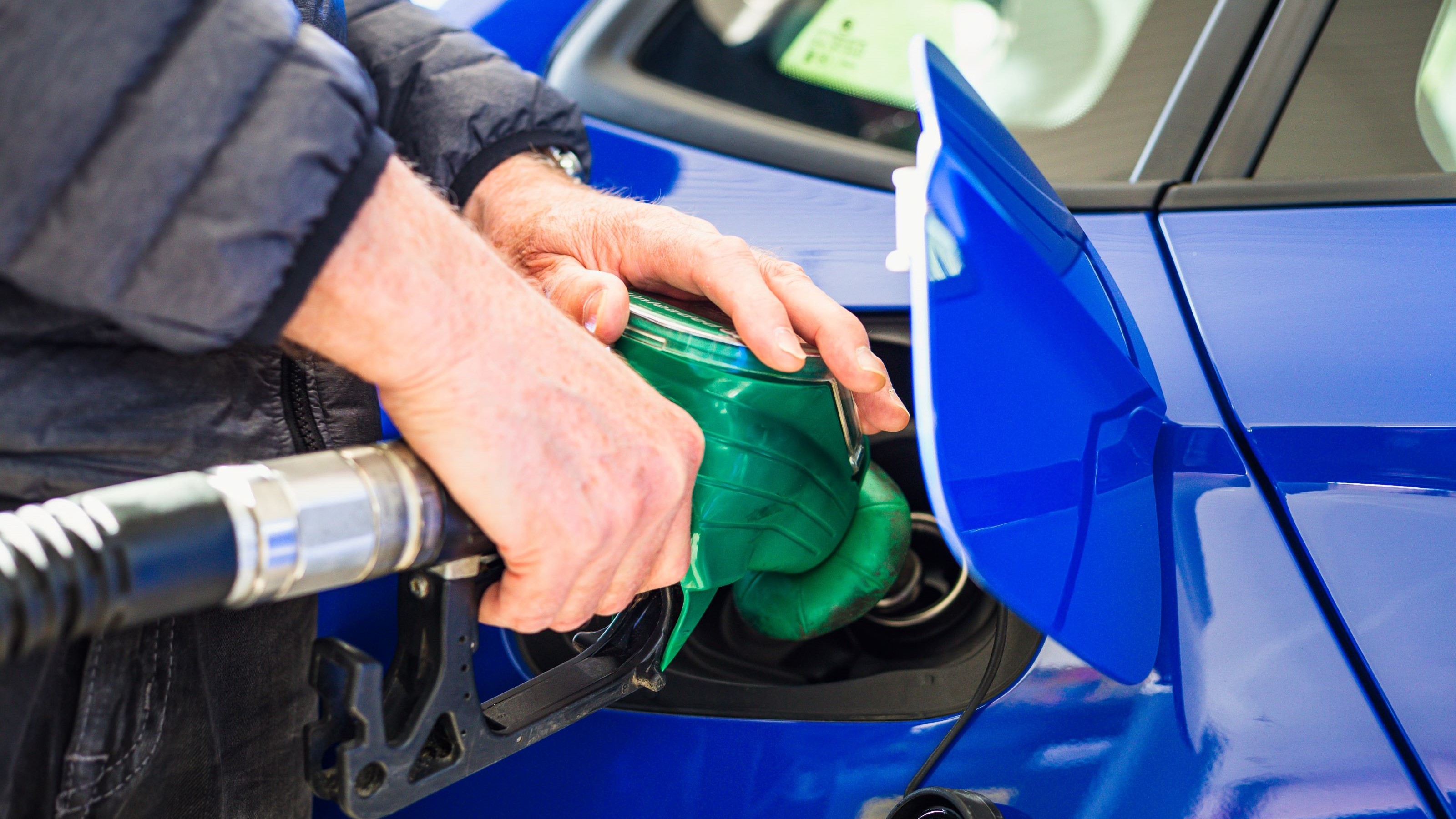
Don’t look now, but gas prices are starting to climb, just in time for the start of the spring road trip season. While still far cheaper than last year, when the national average price of regular unleaded shot past $5 per gallon, the price at the pump is getting into uncomfortable territory again.
Travel website AAA reports that the national average is $3.62 per gallon, up almost a dime from this time a week ago. And more increases are in store as the weather continues to warm up, with several of the factors that control gas prices pointing to costlier fill-ups.
What's Causing Gas Prices to Rise this Spring
For starters, the price of crude oil — the raw material gasoline is made from — recently ticked up because of a surprise move by OPEC and its allies to reduce the amount of crude they export. The announcement that OPEC is cutting back output by about 500,000 barrels per day caused oil prices to perk up. The U.S. benchmark for crude, West Texas Intermediate, rose from a recent low of about $67 per barrel to over $80 in a matter of days. That jump in oil is now gradually showing up at the retail level at gas stations across the country.
The increase in oil prices comes at a bad time, because demand for gas and other refined fuels tends to also surge in the spring, when many Americans hit the roads for vacation. That extra demand typically pushes up gas prices starting in late winter or early spring in most years, with peak prices often arriving around Memorial Day weekend. This year seems to be following that pattern.
Oil refineries will be working hard to meet rising demand for gas, diesel fuel and other refined products. And unfortunately, the U.S. doesn’t have enough refineries to easily keep up when demand rises. According to the Department of Energy, the nation’s total refining capacity actually peaked in April 2020 — right when COVID-19 sapped fuel demand because so many people were out of work or working from home and not commuting.
Since then, total refining capacity has dropped from about 19 million barrels per day to 18 million, as older refineries shut down rather than invest in the costly maintenance needed to keep them running. Even if every available refinery is online and running flat-out, it can be challenging to deliver enough fuel. If maintenance needs or accidents knock any facilities offline, gasoline supply will be even more strained, and the U.S. will have to import more from abroad.
How High Could Gas Prices Go this Spring?
The combination of strong demand and iffy supply is bound to push gas prices higher. How much higher? We expect the national average price to near or surpass $4 per gallon sometime this spring, with high-cost states like California paying closer to $5.
And that’s assuming nothing happens to seriously impede oil supplies or refining operations. If there is some sort of supply disruption — say, a geopolitical crisis in the Middle East, or an accident that shuts down a major U.S. refinery — the national average gas price could rise well past $4.
That isn’t a very optimistic outlook for drivers, though there are a few things you can do to save on gas, no matter what the price at the pump is doing.







